“Miracle on the Hudson” not only splashes light on the bravery of Sully Sullenberger. But also elevates the key skills that Aviation graduates possess, abilities that were put to the test on January 15, 2009. The students specializing in Airline and Airport management need to take lessons from this heroic life-saving action of Captain Sully, which is the core concept of this blog.
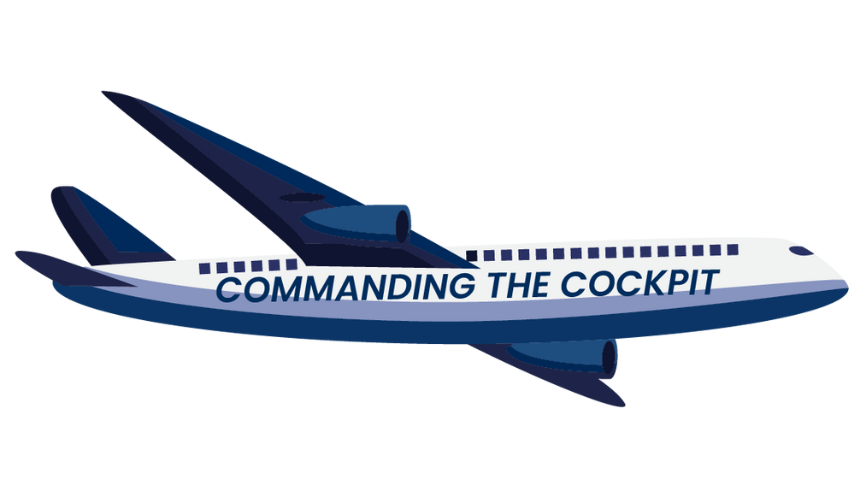
The way Sully and Jeffry Skiles did not let the pressure enter the cockpit of a US Airways flight 1549 when both the engines were disabled due to a flock of Canada geese and crash landing was the only way out, the co-pilot trusted the leadership qualities of the captain Sully and followed the orders. This incident highlights the necessity of the leadership lessons you gain during the MBA course and being ready to battle high-pressure situations by being calm and trusting the skills. MBA candidates in Airline and Airport management develop stress management techniques so they can navigate their way out of the disaster. In this case, they are navigating the plain towards the Hudson River.

Only Sully’s 20,000 hours could have brought this miracle on Thursday, January 15, 2009. His expatriates being former military pilots who flew for many years helped him know the depth of the situation and come up with an informed decision, of landing at 50 feet off the Hudson River which was the least risky option in that emergency. The incident highlights the value of having an in-depth understanding of the airline and airport industry. The 2-year course helps the candidate gain experience in this field through internships and project work. This will develop the skills for students to glide in their careers and make a risk-free/ safe landing in the airline and airport industry.
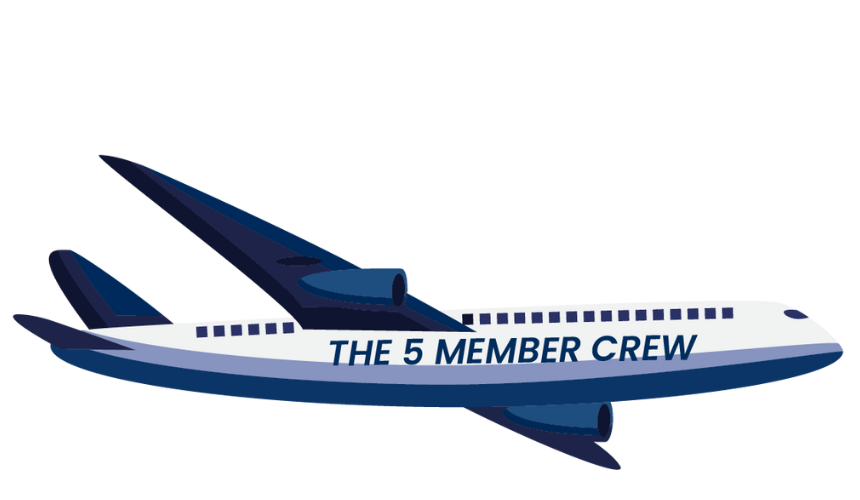
The safe landing was only possible because of the effective collaboration between people in the cockpit, the rest of the crew, and the air traffic controller (ATC). It only took 22 seconds for Sully to give a MAYDAY signal for a life-threatening emergency (A distress call) which alerted the ATC. This incident gives a lesson on managing businesses, organisations, and the dynamic aviation sector. It signifies the importance of working with the crew when the plane is all set to go down with you. The skill of calmly managing the situation, crew, and the 155 passengers in this situation helped the perfect landing. The Airline and Airport management course helps the students gain collaborating skills so they are all fit to manage and work with people to turn the disaster into a miracle.

It only took 3 ½ minutes for Sully to analyze the situation and decide to land the plane on the Hudson River. Similarly, the Airline and Airport management candidates get the opportunity to learn ethical decision-making skills to lead the airline industry and effectively manage and protect the people. When your life is at stake and you have the burden of saving 154 people it's only the training of thinking with a straight mind and making the right decisions for all is necessary. The Airline and Airport management course will provide real-life experience for candidates to feel the pressure of training them to make ethical decisions.
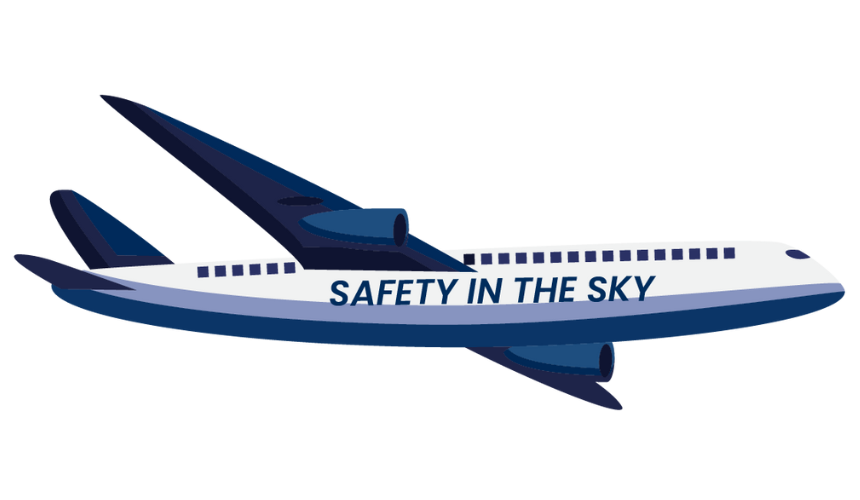
Traveling at a height of 3000ft and losing both engines when the distance between the flight and the airport was 4.5 miles. Sully had to manage the problem single-handedly, and managing risk was mandatory. The quick decision taken by Captain Sully to come up with the risk-free option of keeping all lives at stake. The Airline and Airport management candidates get the opportunity in their specialization course to deal with similar situations, which will test and develop their skills in managing risk. Where saving all the passengers and the crew during the emergency should be the key priority.
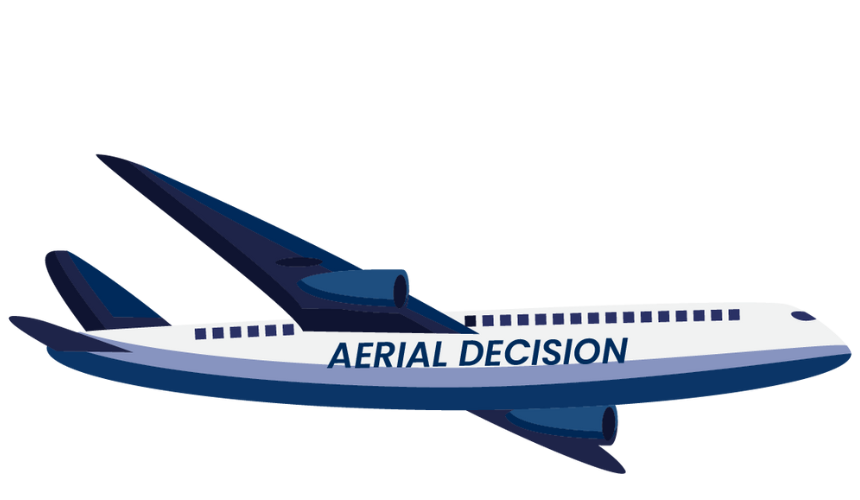
Taking the plane down from 3000 ft when both the engines are disabled and when all life is at stake, thinking out of the box, without losing a single life is important. Problem-solving skills are gained through experience which Captain Sully very much had, the order for the crew and the announcement to the passengers “This is the captain speaking brace for the impact” was taken by the sully to prepare them calmly save each other's lives after the flight submerged into Hudson river at 3:31 PM. Airline and Airport management candidates will be trained to face the problem hands-on and come up with bright results because on air even the slightest mistake can cause hundreds of lives, where effective solution for the problems saves the day.
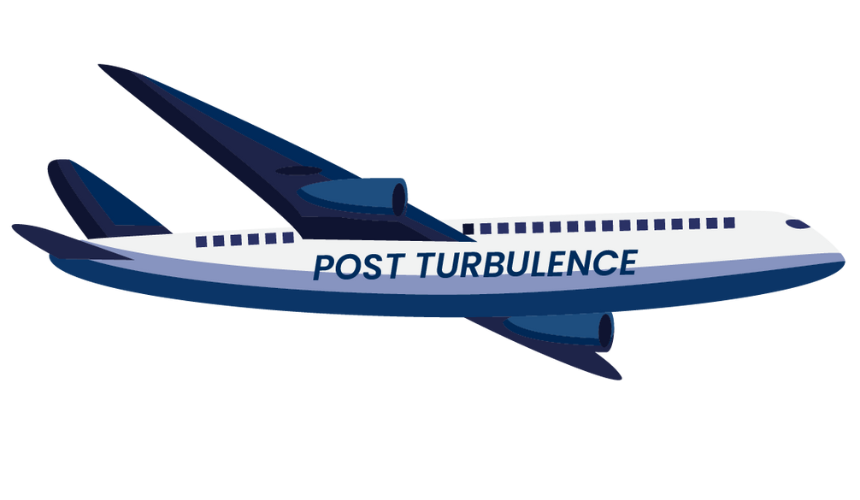
After the successful landing, The way Sully manages the aftermath, and the way he takes all the outcomes from the incident with a positive approach. Like a true leader/captain he supports, stays, and assists his crew and the passengers. The Airline and Airport Management course teaches the importance of being with the team and managing the team in both the corporate and airline industries when things don't go as planned. Sully actively cooperated with the National Transportation Safety Board (NTSB) which did not find fault in the captain or the crew and the chairman of NTSB ended up praising the the team for pulling off this miracle. The course helps candidates gain confidence to manage the events after the crisis by strategizing, communicating, analyzing, and recovering from the impact.
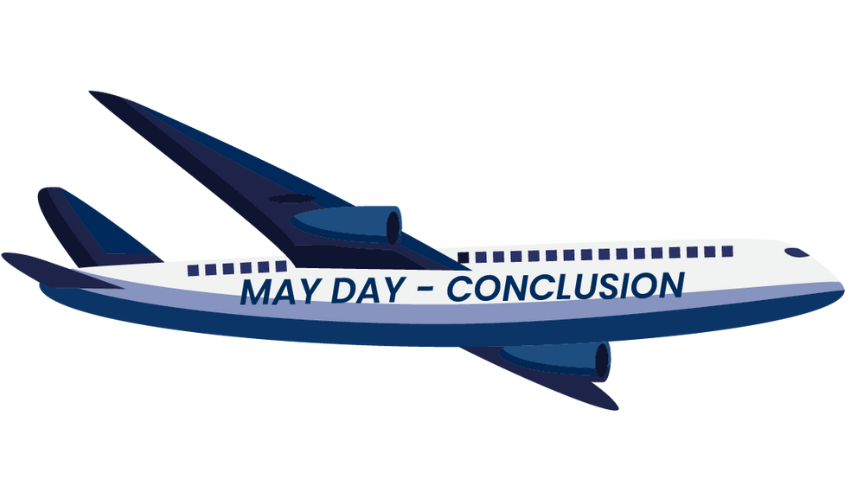
The remarkable story of Sully Sullenberger’s emergency landing of Flight 1549 into the 50-foot-deep Hudson River saving all lives on board, became a beacon of leadership and resilience, offering invaluable lessons for MBA students specializing in Airline and Airport Management. From maintaining composure under pressure to fostering teamwork and collaboration, Sully’s actions exemplify the qualities of a true leader in times of crisis. By studying his handling of the incident and extracting key insights, future leaders in the aviation industry can better prepare themselves to navigate the complexities and challenges of Airline and Airport management with confidence and competence.
